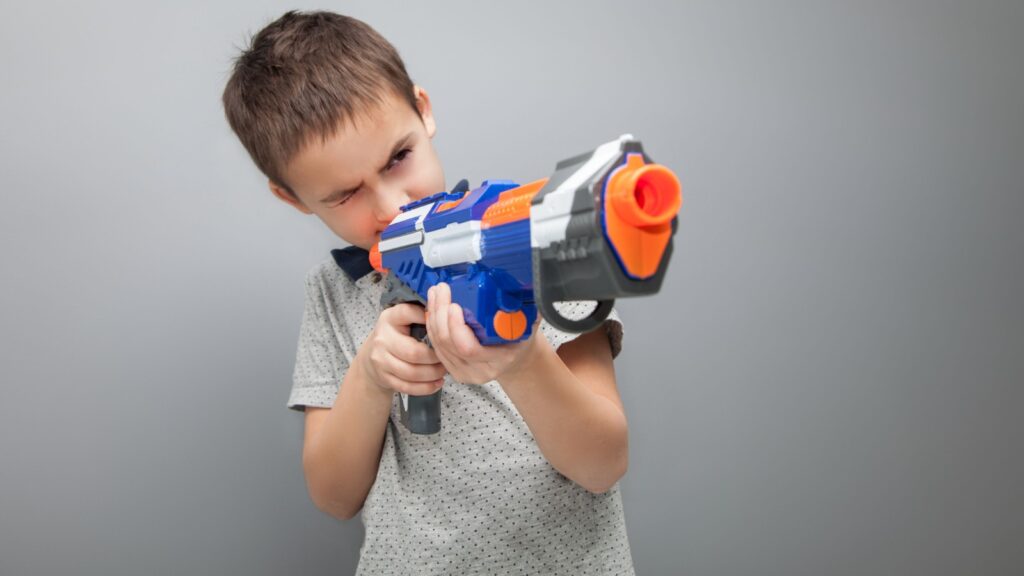In theory, toys are supposed to be fun and help kids learn important things like colors or sharing. But in reality, some of these toys don’t work out that way. A few of them actually taught kids the exact opposite of what they probably should have, whether that was through poor design or nobody thinking these through.
Growing Crystals
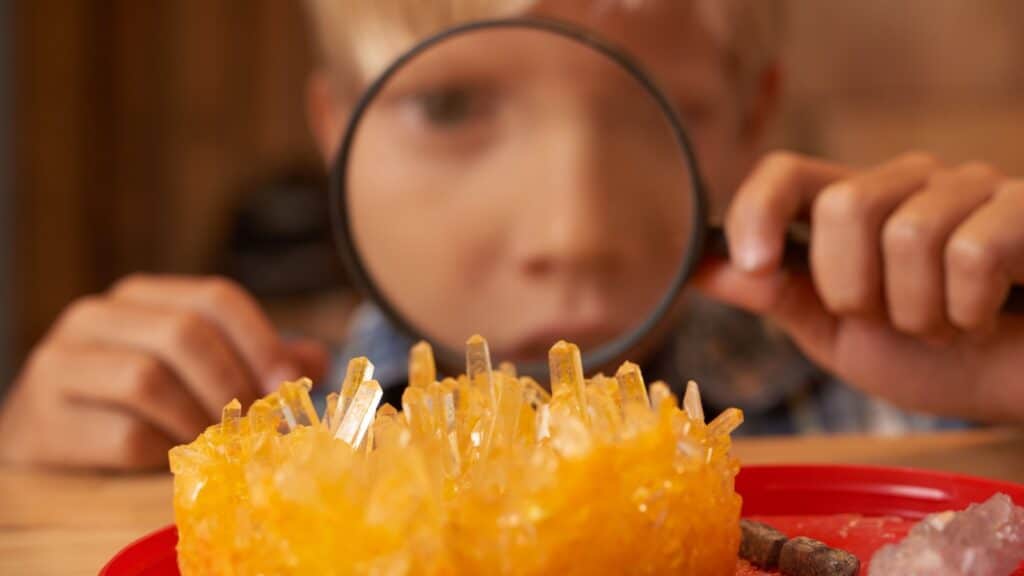
Kits where you can grow crystals sound fun, especially since they made many kids feel like scientists. But some of them contain powder that’s actually a chemical called monohydrate cupric sulfate, which is toxic. Touching it too much could burn your skin, and breathing it in wasn’t a great idea either, leading to some kids getting sick. Suddenly, science didn’t seem so magical.
DIY Slime Kits
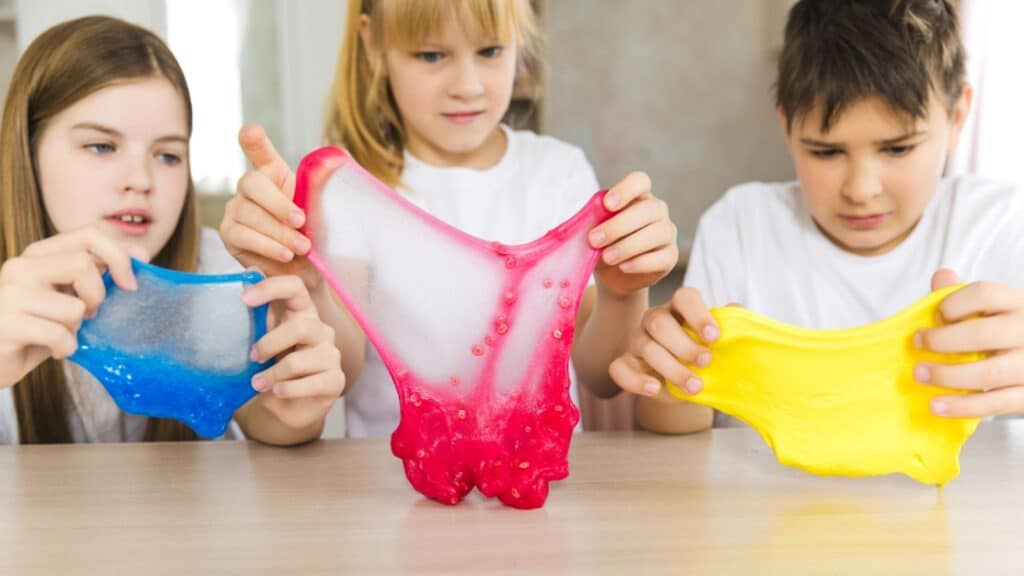
Speaking of chemicals, many DIY slime kits were missing the good stuff, and this led kids to raid the kitchen to find extra materials. Whether it was glue or dish soap, shampoo or baking soda, they’d put it in. These kits unknowingly encouraged children to mess with any chemicals that they could find, which naturally didn’t always go down well. Children didn’t learn about scientific safety.
Play-Doh
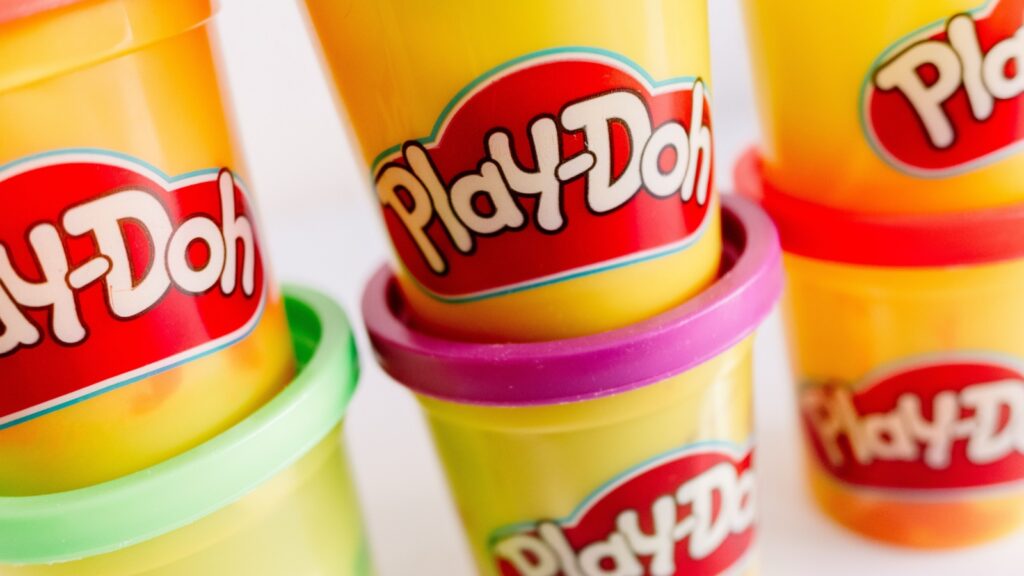
You start with a neat little rainbow of colors, and then ten minutes later, it’s a weird grayish blob. Play-Doh gives kids the idea that mixing everything up, and then tossing the scraps, is just how play works. Of course, being creative is fun. But telling them that there’s no “project” to finish or goal to aim for encourages them to create nothing and then throw everything away. That’s not a lesson we should be teaching them.
Toy Cash Registers
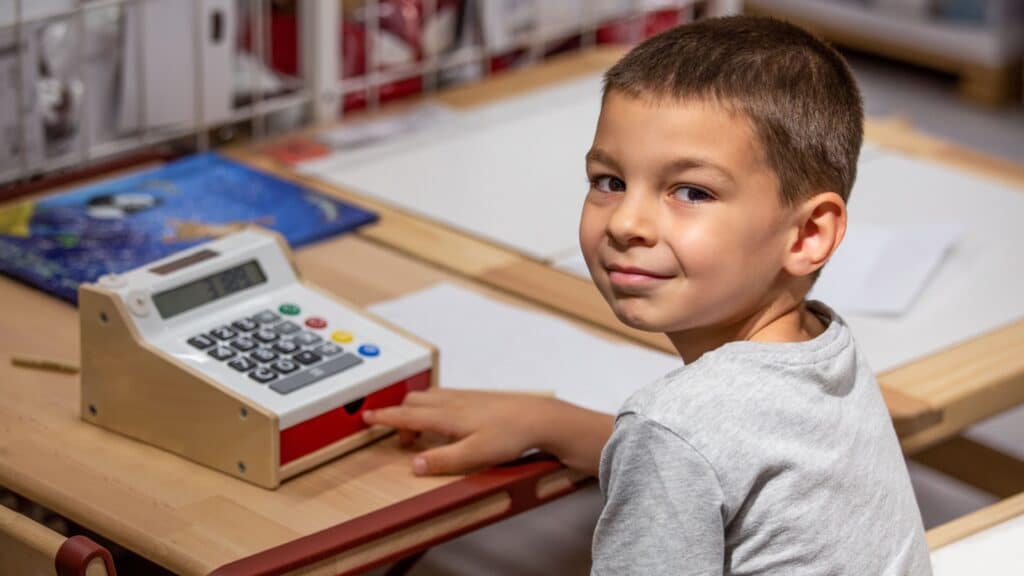
Those toy cash registers turned every kid into a mini shop owner, and there was never a shortage of cash. They just had to type in random numbers, hit a few buttons, and ta-da! Unlimited funds. It was capitalism with cheat codes, which never taught kids to understand that they sometimes can’t afford to buy things. They learned to swipe but not how to budget, as everything was always “approved.”
Toy Gumball Machines
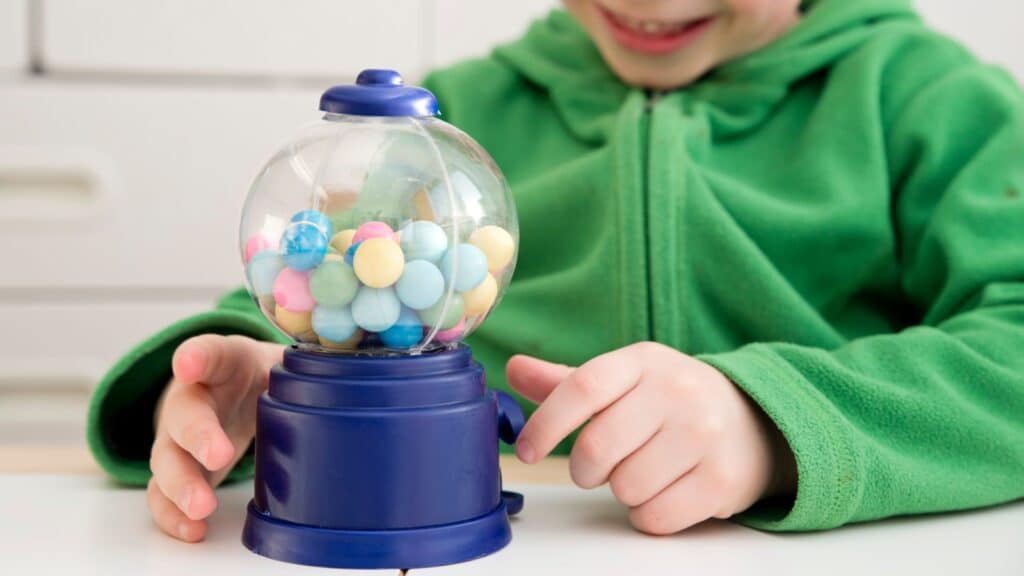
Toy gumball machines look innocent, cute even, but they’re really just sugar slot machines…without the coins. They twisted the knob to grab a handful of candy, rinse and repeat, with no limits or locks. Essentially, these machines allowed children to eat as much sugar as they wanted, and that’s not exactly great for their health. They never learned to consume treats in moderation because these machines gave them complete freedom over sugar.
Cigarette Candy
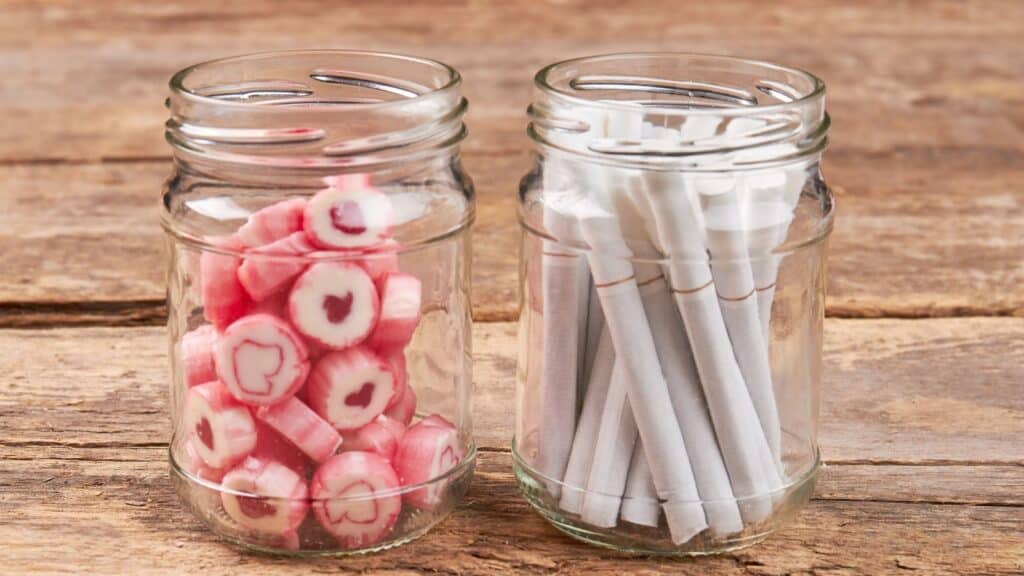
Not a toy per se, but there’s no way we’d allow kids to have candy cigarettes anymore; can you believe these were allowed? Kids could literally pretend to smoke them, and nobody batted an eye, which made real cigarettes seem a lot less scary. Some kids didn’t even eat them right away and would hold them between their fingers like the real thing. As such, they learned from a young age that cigarettes weren’t that bad, even though they were.
Toy Guns
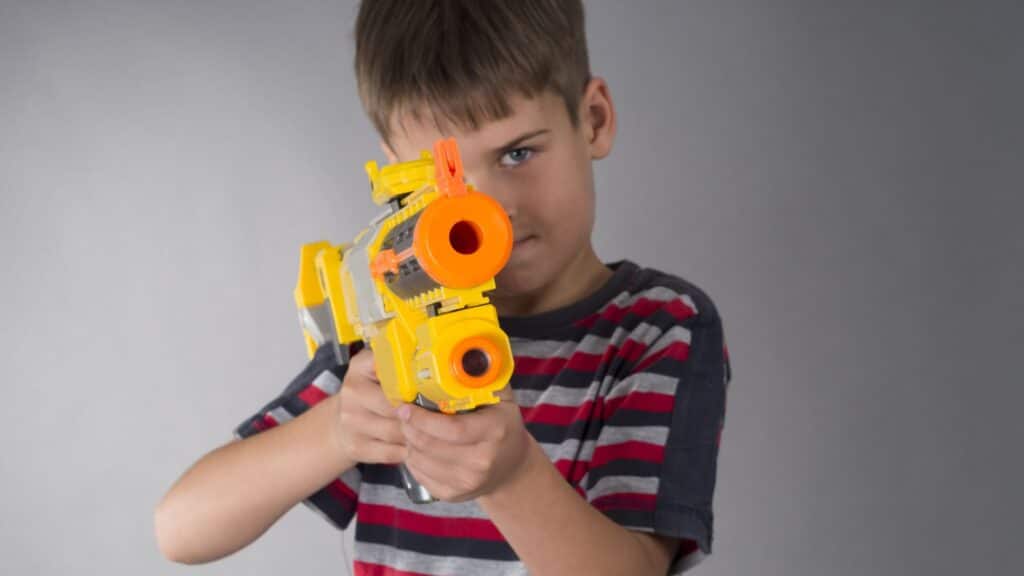
Some toy guns are simple water pistols, while others look eerily close to real firearms. But either way, they both teach kids about shooting without fear or consequences. In fact, some of the more realistic ones have “realistic recoil” or sound effects of genuine guns that make real weaponry seem like no big deal. Is that truly the message we want them to learn?
Magnetic Dart Boards
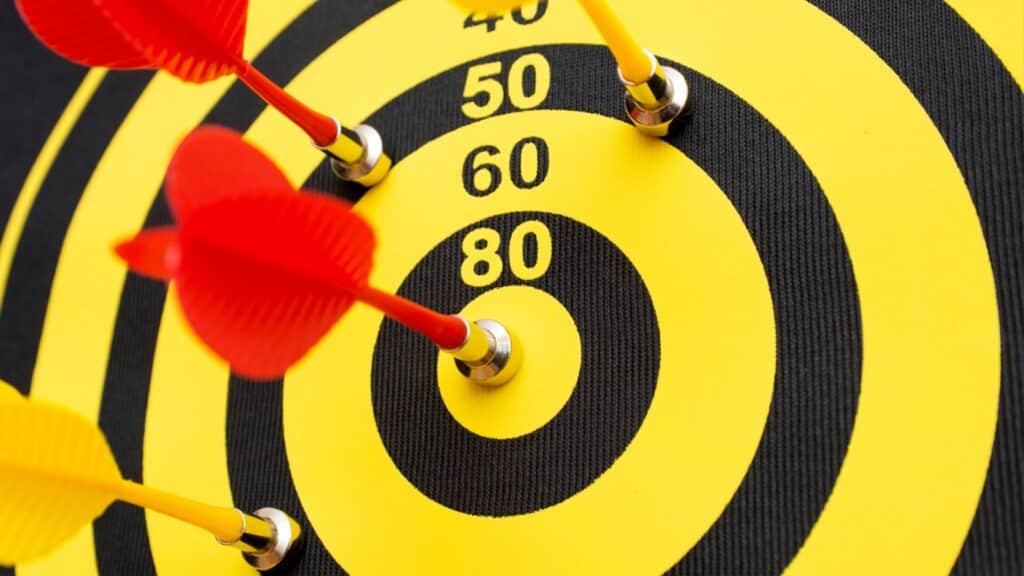
At first, magnetic darts are fun, as they’re safe to play with and it’s rather satisfying hitting the targets. But with these came curious kids who started thinking about trying real ones. Magnets don’t prepare you for sharp objects, and many kids began playing with real darts like they were nothing serious. You don’t need us to tell you why it’s so dangerous for them to use these sharp weapons.
Fake Food Sets
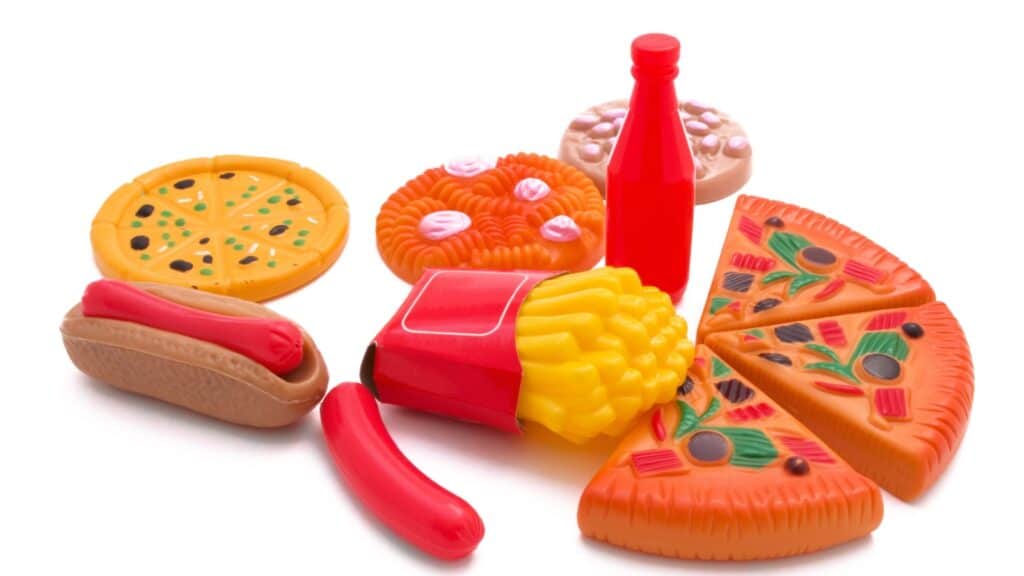
Plastic food kits are great for pretending, but if you look closely, the menu is usually all fries and burgers, with sodas the size of your head. Salad is rarely an option. After hours of pretend meals, kids may start to imagine a rather skewed food pyramid that centers around junk food with comically oversized portions. They never learn about eating healthily or portion control, just that fried food is fun to play with. At least the toys don’t have real grease.
Baby Dolls
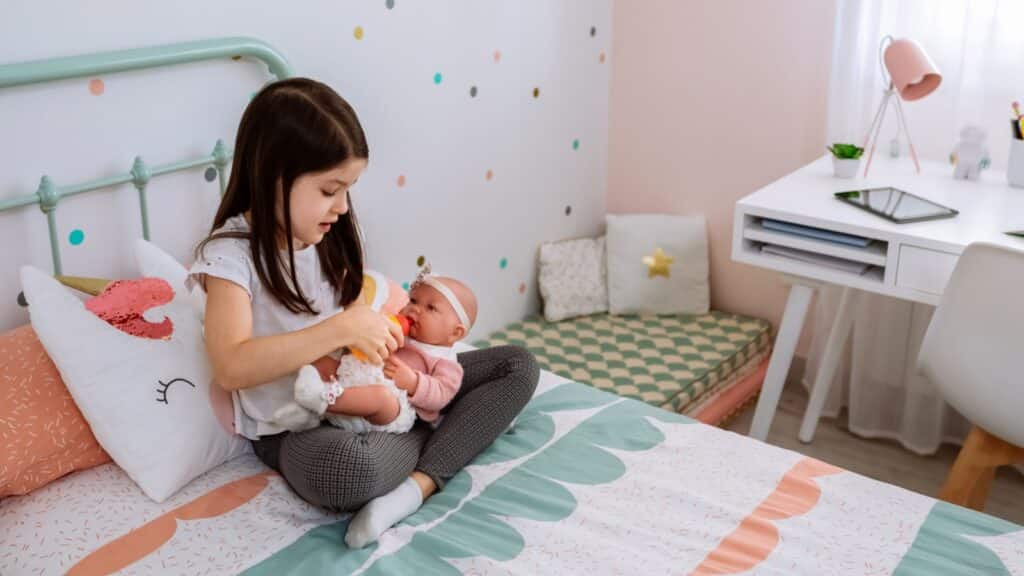
Whenever you walk down the toy aisle with all the baby dolls, you’ll see tiny plastic babies wrapped in pink and packaged with bottles. There’s almost always a smiling girl on the box, too. With these toys, the message wasn’t that kids take care of babies, but it was that girls do this. It taught kids that caregiving was only for girls, while boys were free to go and shoot things. That’s just not right.
Princess Sets
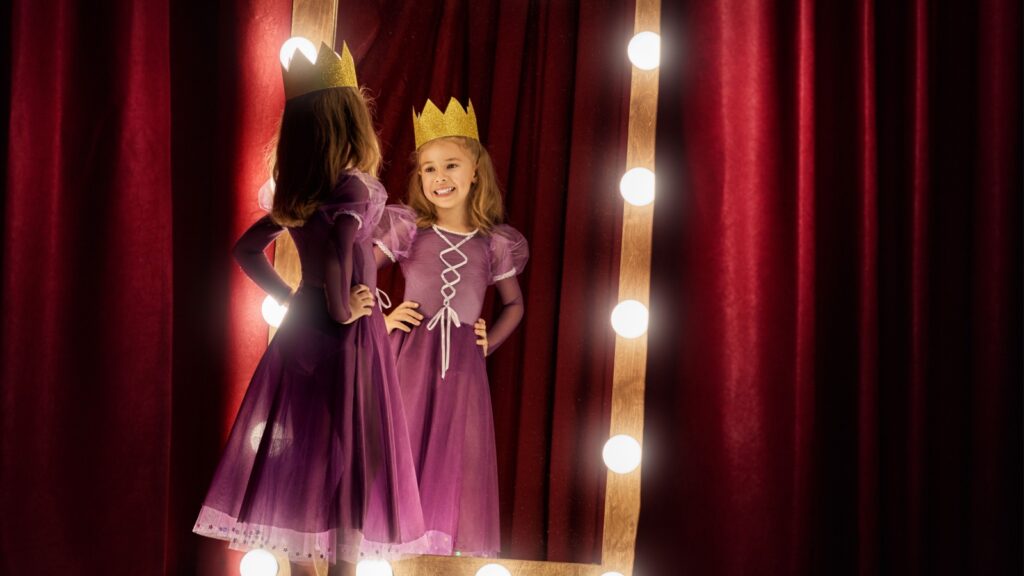
Similarly, many princess sets don’t come with maps to kingdoms or books on royal diplomacy. Instead, they have glittery shoes and a shiny crown, as well as a wand for posing in the mirror, which was a terrible lesson for young girls. It told them that they should put on a bit of sparkle and wait for applause, rather than doing anything substantial. They learned that girls are objects meant to be adored, and nothing else.
Barbie Fashion Dolls
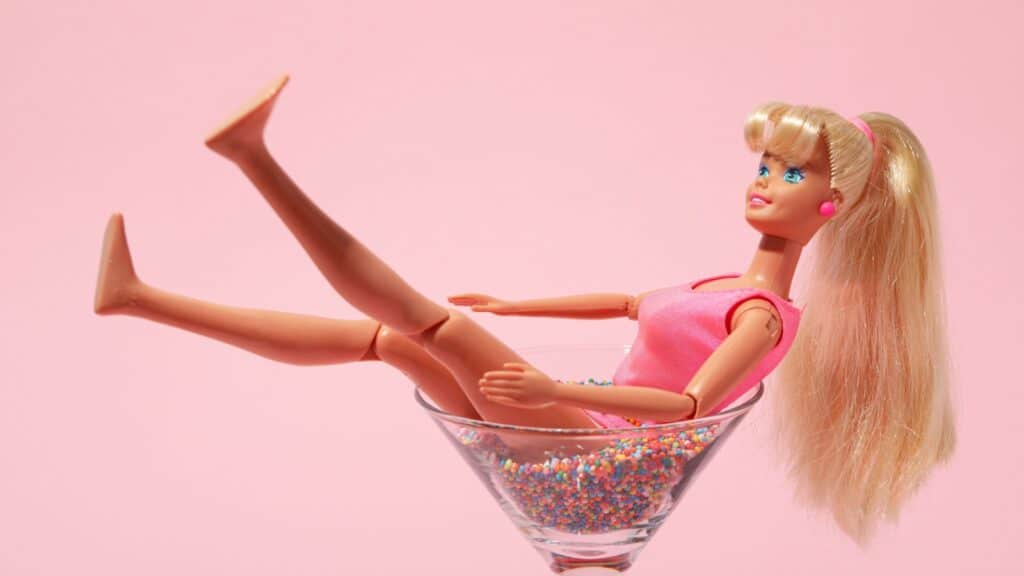
But that’s not all. It’s no secret that Barbie dolls have tiny waists and perfect hair, with makeup locked in place. While Barbie does have a million different jobs, like an astronaut and judge, her unrealistic body proportions have left a lasting impression on many girls. These dolls taught them that they needed to look a certain way to be successful or liked. Just how is that fair?
Fake Doctor Kits
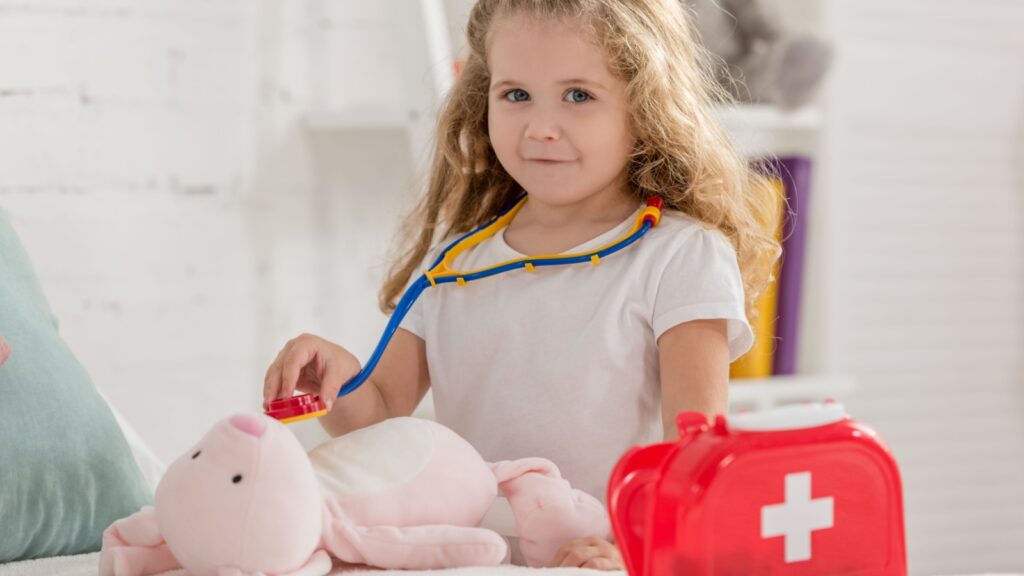
The idea of doctor kits is cute, as they allow kids to play doctor and help others. But the reality is that they involved kids chasing each other with plastic syringes and shouting “hold still,” with zero context for consent. The idea of comfort or bedside manner didn’t exist, and that’s not right. Nobody taught kids to ask, explain, or wait. Just that they should poke and run.
Cops and Robbers
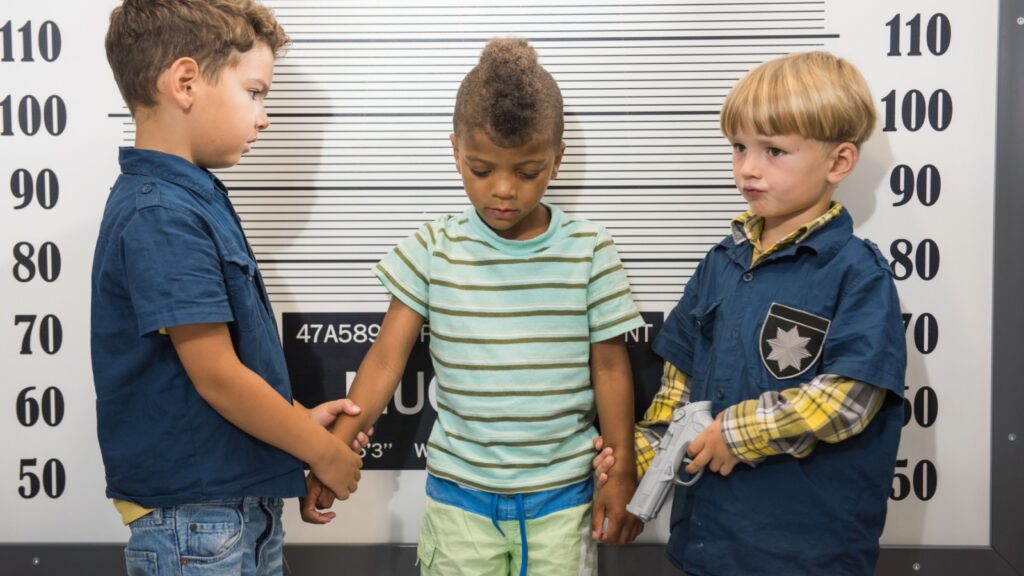
One minute you’re the bad guy with a dollar-store mask, and the next you’re the cop trying to arrest a bad guy. In theory, that doesn’t sound too bad, but once you look under the surface, it’s not so great. Kids learn that crime is just another role to play until snack time, and they fail to understand the importance of choices or consequences. They may even begin to fear the police, which is never right.
Toy Handcuffs
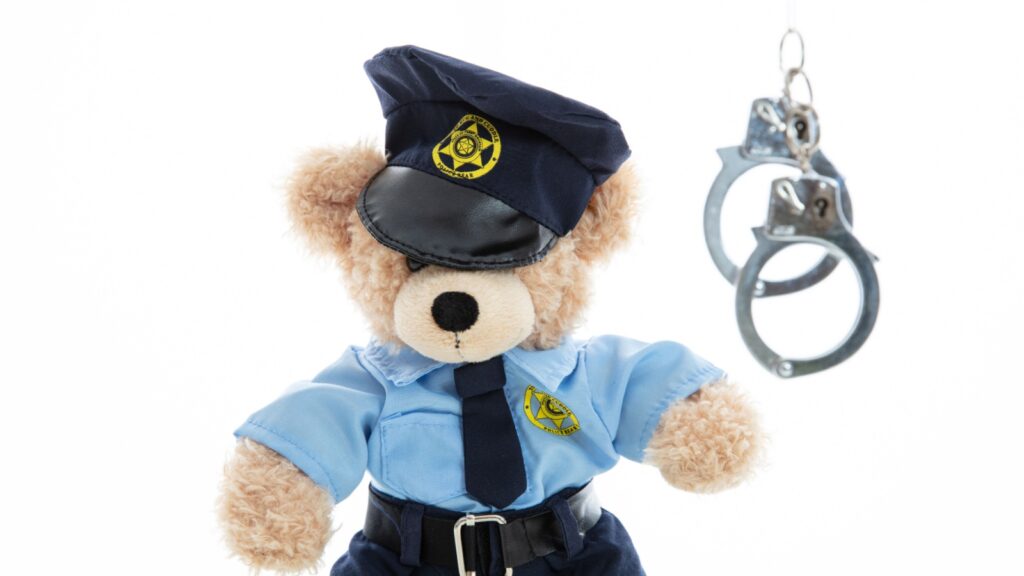
Speaking of the police, with one click of toy handcuffs, kids suddenly became the boss. But there was no guide on when or if to use that power. They were never taught to think about whether it was okay to use their power, but rather, many learned it could be used as a way to control others. There were no discussions about respect.
Army Playsets
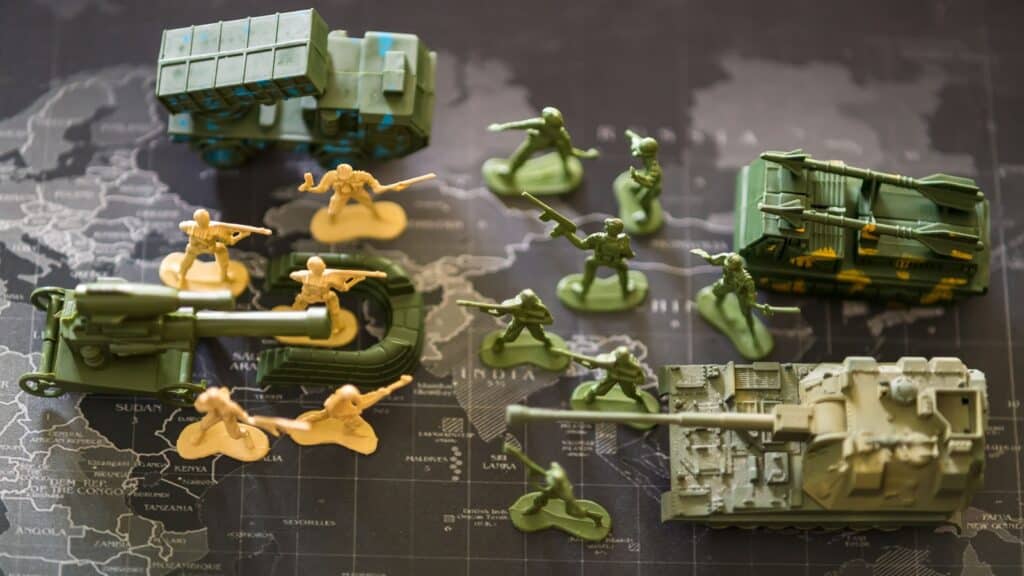
When playing with army playsets, nobody talked about peace talks or what the battle was even about, as the goal was pure destruction. For a lot of kids, war became a board game where the only rule was “blow stuff up,” with no thought to how it could hurt innocent people. Kids were taught that war is fun and the more deaths, the better.
Job Costumes
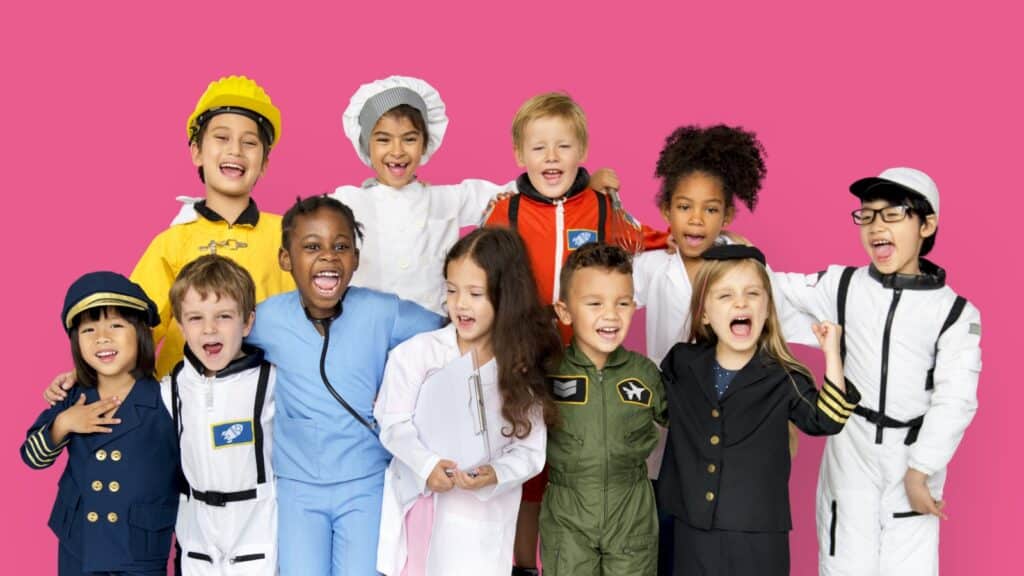
Costume kits like “doctor,” and “pilot” included plastic badges or diplomas that told kids they were important for wearing the outfit. However, the other ones, like “cashier” or “garbage worker,” came with tools but no praise or official label. This teaches kids that some jobs are “better” than others, while some are just chores. It sent a clear message about status. And that’s before kids even understood what jobs meant.
18 ‘Gentle Parenting’ Ideas That Might Backfire in Real Life
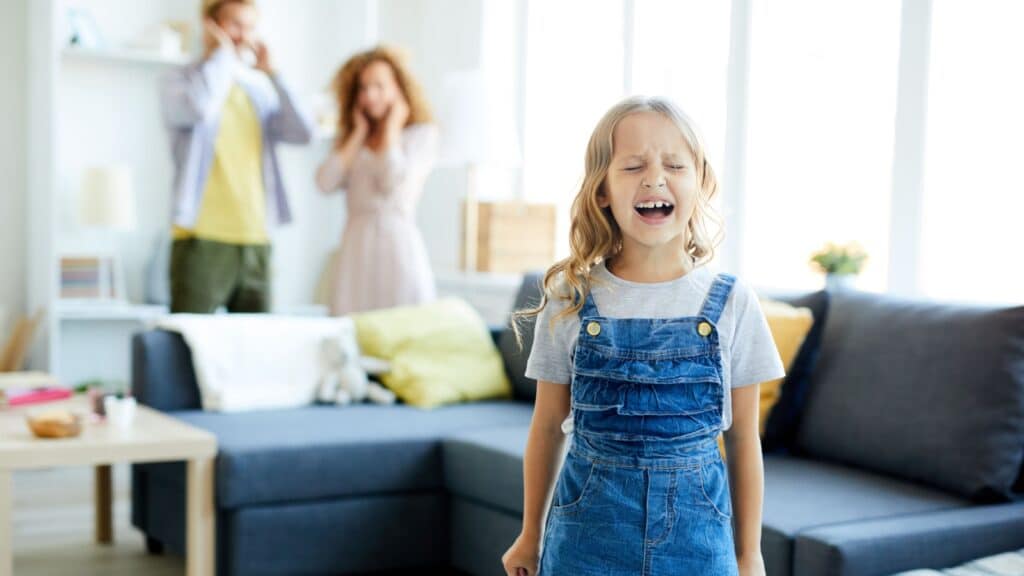
Who wouldn’t want to raise emotionally balanced kids who trust their parents? However, in real life, it’s not as easy as that, and some of these ideas actually go down badly. Here are 18 gentle parenting ideas that might backfire in the real world.
18 ‘Gentle Parenting’ Ideas That Might Backfire in Real Life
18 Lessons We Should Teach Our Kids Before They Turn 18

What exactly do we teach them? Here are 18 lessons we should teach before our kids turn 18. These are the hands-on and day-to-day skills that’ll save your kids from many disasters.
18 Lessons We Should Teach Our Kids Before They Turn 18

